Breathing is through what our life begins, but how often are we actually aware of our breathing? It is not until we experience difficulty in our breathing pattern that we actually give the process of breathing and our respiratory health a thought. Our breathing is largely influenced by our emotional state as well. The ancient Hindu texts have quite extensively discussed the importance of breathing. There are a number of breathing techniques that have been described, and the collective term for it is ‘Pranayama’. Pranayama is a yogic practice which is centred around breathing. Let us take a look at some of the pranayama yoga techniques for a healthy respiratory health.
Here are 8 Pranayama breathing techniques you should know about
1. Kapalbhati Pranayama
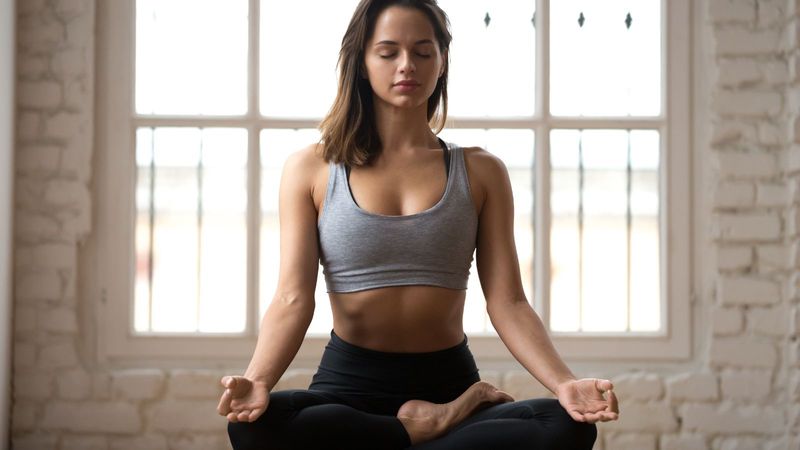
One of the most popular pranayama techniques, Kapalbhati is a yoga for breathing that is characterised by powerful inhalations and exhalations. It is a type of pranayama yoga that aids towards one’s mental health and keeps the mind calm. With experience, one can also indulge in Kapalbhati asanas for breathing.
You have to begin this pranayama yoga by first inhaling and exhaling naturally through your nose.
Thereafter, you begin Kapalbhati by keeping your right hand fingers in Pranava mudra, and close your right nostril with your thumb, while inhaling from your left nostril.
Hold the position for 10 seconds, and repeat the same by closing your left nostril this time.
This process continues for 20 rounds at least, and you must make sure that your abdominal muscles contract while performing this yoga for breathing.
2. Bhastrika Pranayama

Bhastrika pranayama is a yoga asana for lungs. It is a loud breathing technique. It is a relatively vigorous pranayama yoga but aids towards lung health.
To initiate Bhastrika Pranayama, one must sit in a comfortable position and breathe through both nostrils.
Inhale in order to stretch your diaphragm completely.
Thereafter breathe out through both the nostrils, by taking deep breaths and inhaling out completely.
Bhastrika pranayama should be done for at least 2 minutes, but not more than 5 minutes.
3. Anulom Vilom Pranayama
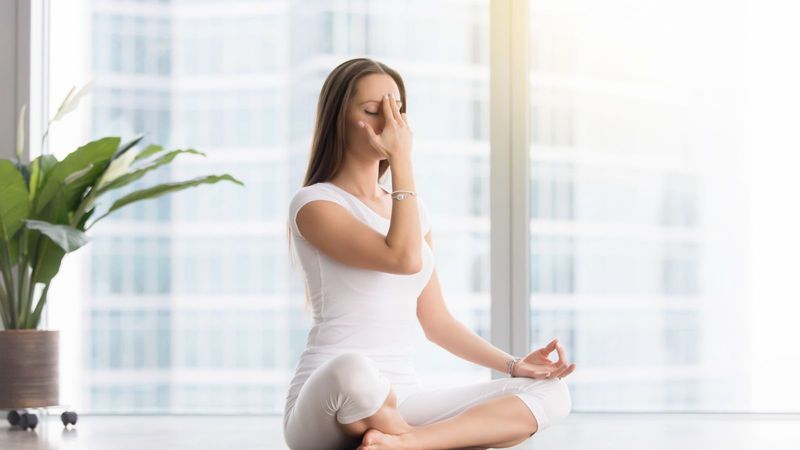
Anulom Vilom is a type of yoga pranayama for alternate nostril breathing. It is an effective asana for breathing in terms of purifying one's mind and body. Anulom Vilom is a highly recommended yoga asana for breathing problems as well. It is recommended to people suffering from depression and anxiety, and be performed by individuals of all age groups.
In order to initiate Anulom Vilom, you must sit comfortably and hold your right nostril with your thumb and slowly inhale from your left nostril.
Thereafter, open the right nostril, and close your left nostril with both your middle finger and ring finger.
Breathe for 15 seconds, and continue the process.
4. Ujjayi Pranayama

Ujjayi Pranayama is one of the most common asanas for breathing. It aids towards deep breathing and holding one’s breath for long durations of time. The inhalation and exhalation sounds in Ujjayi Pranayama is compared to the gentle breeze that flows along the sea shore.
Sit in Padmasana position, or with your legs crossed and breathe in gently through your nose, while keeping your lips closed.
One should make sure that no breath is to leave from their mouth.
Do not clench your teeth or jaws.
Continue this breathing process for 5 to 10 minutes.
5. Viloma Pranayama
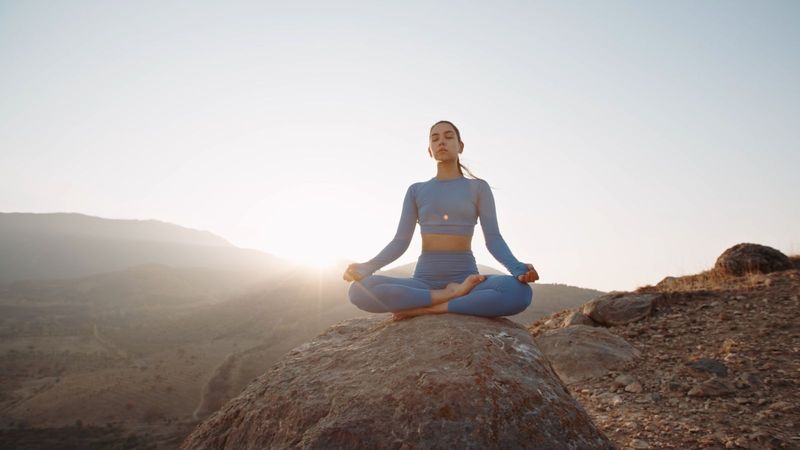
Viloma Pranayama refers to interrupted breathing. It is a form of pranayama yoga that goes against the natural flow of breathing. The purpose of this type of yoga pranayama is to expand the capacity of one’s lungs and cleanse the lungs thoroughly.
In order to initiate Viloma pranayama, sit down in a chair comfortably, and inhale slowly while keeping your focus around the lung region.
Pause and hold your breath for a few seconds, while trying to control the air inside of your body.
Continue with the inhalation and exhalation with regular such pauses for 5 to 10 minutes.
6. Bhramari Pranayama
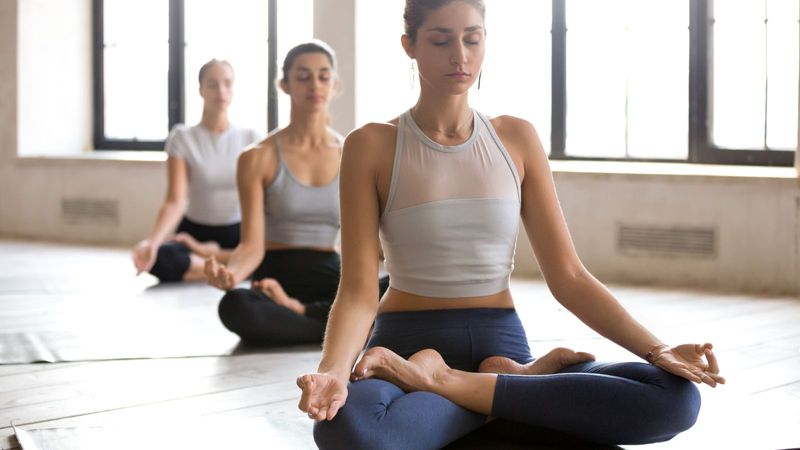
Bhramari Pranayama is also referred to as the Indian Bee breathing technique, as the exhalation sounds like that of a buzzing bee. This type of yoga pranayama is highly effective for regulating hormones, and emotions such as anxiety, stress, anger and frustration.
Close your ears with your thumbs, and place your index fingers on the sides of your eyebrows.
Place the other three fingers on your eyes, with the fingertips lightly pressing on the nostrils.
Inhale deeply while chanting the sound of ‘Om’ as you exhale.
Continue the process for 5 to 10 minutes.
7. Sama Vritti Pranayama
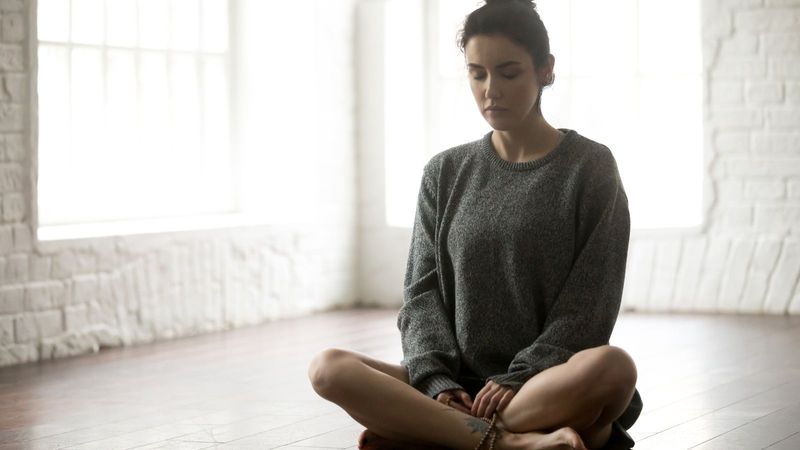
Sama Vritti Pranayama helps in maintaining balance of the body, as this asana for breathing regulates and equalises the inhalation and exhalation process.
Inhale slowly till the count of 4, and then retain the breath with the maximum capacity of your lungs.
Exhale at the count of 4, and retain the position while your lungs are empty.
Repeat this cycle several times.
8. Bahaya Pranayama
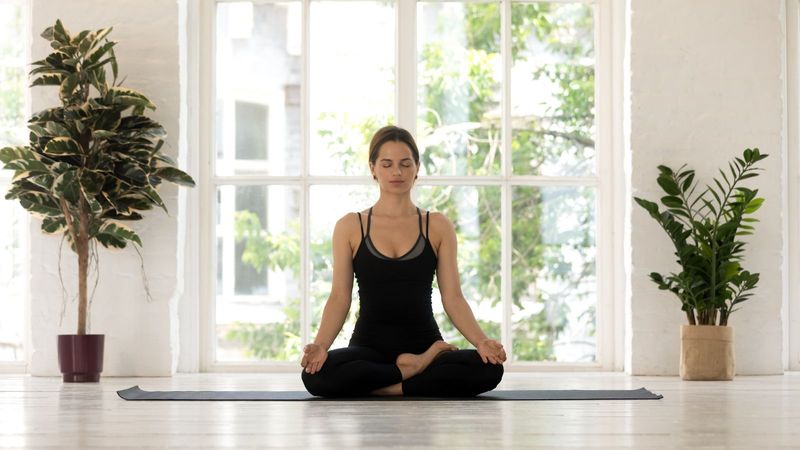
Bahaya Pranayama is a type of yoga pranayama that focuses on the muscles in the face and the abdominal region.
Sit comfortably and exhale.
Touch your chin to your chest, and contract the muscles in your stomach, holding the position for 30 seconds.
Repeat the process 3 to 5 times.




_1711554637706_thumb_300.jpeg)